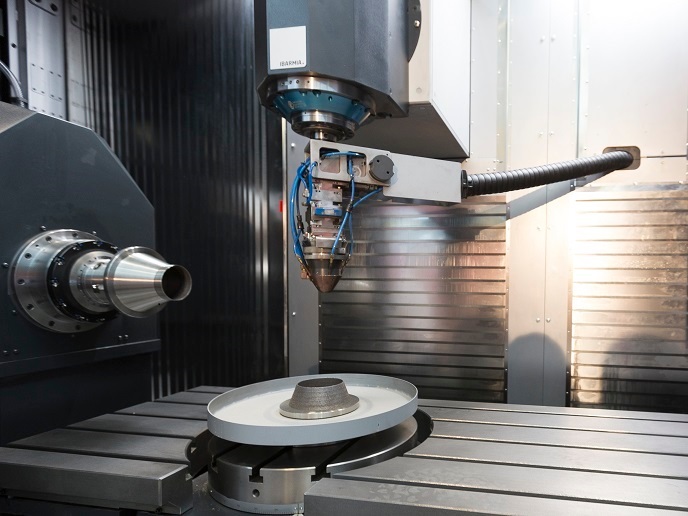Testing procedures for nanomaterials
Nano-structured materials have become the cornerstone of novel products and devices in virtually every field from solar energy to opto-electronics to medical sensors. Improving and controlling the properties of these materials is critical to product development, production and quality control, and requires appropriate standardised nano-testing procedures. Scientists initiated the EU-funded project 'Creating and disseminating novel nanomechanical characterisation techniques and standards' (NANOINDENT) to coordinate European-wide activities in the field. The goal was to improve the ability of nanoindentation metrology to reveal structure–function relationships on the nano scale while defining new standards for measurement technology. Nano-structured thin films and coatings have become virtually ubiquitous. Classical (quasistatic) nanoindentation testing based on the Oliver and Pharr (O&P) method, although the best developed among protocols, faces limitations in applications to thin films and plastics. The consortium thus further developed this important method for applications with recommendations for the standardisation of data formats, instrument calibration and measurement techniques. Results of dynamic nanoindentation testing were found to be highly variable requiring significant standardisation to overcome issues. Scientists studied a variety of other phenomena (e.g. pile-up, sinking-in and work-hardening) and made suggestions regarding methods for improvement and standardisation. Nanoscratch and friction or wear testing is a relatively new field of nanomechanical testing. Scientists made important recommendations for the standardisation of instrumentation and testing protocols as a result of detailed experimental investigations of various materials under different conditions. The consortium made the first-ever quantitative determination of scratch hardness of fused silica for various loads. Overall, NANOINDENT has provided important input to new proposals for revisions to the International Organization for Standardization (ISO) standards on indentation testing for hardness. NANOINDENT also created a database of nanomechanical parameters of various materials primarily obtained from nanoindentation or nanoscratch tests in the literature. Measurement methods and good practices were also included. NANOINDENT has achieved its original goal of developing recommendations for the international standardisation of nanomechanical testing, including instrument calibration, experimental protocols, data collection and interpretation. The database promises to be a useful tool for scientists and engineers, facilitating substantial innovation in nano-based materials.







